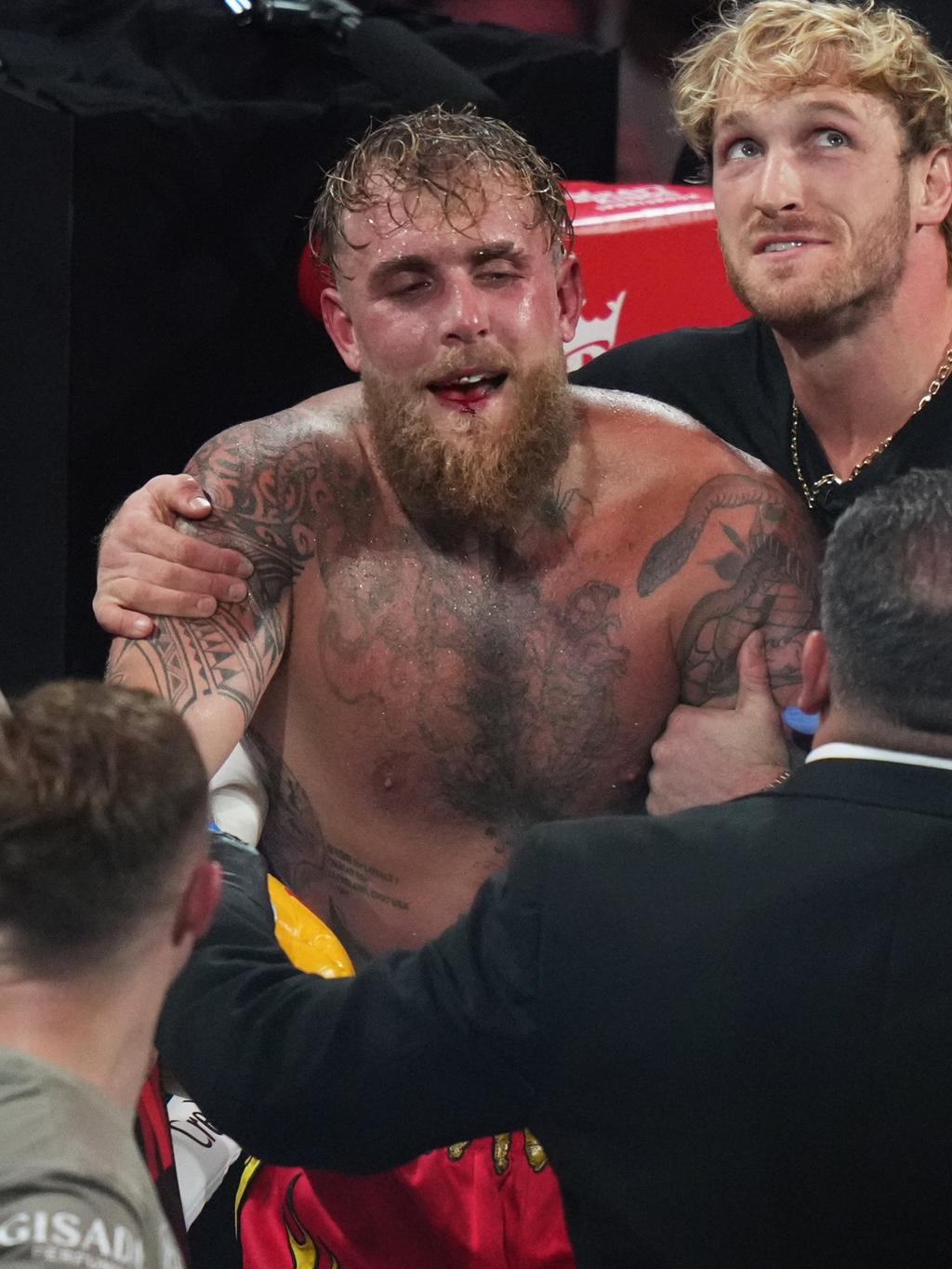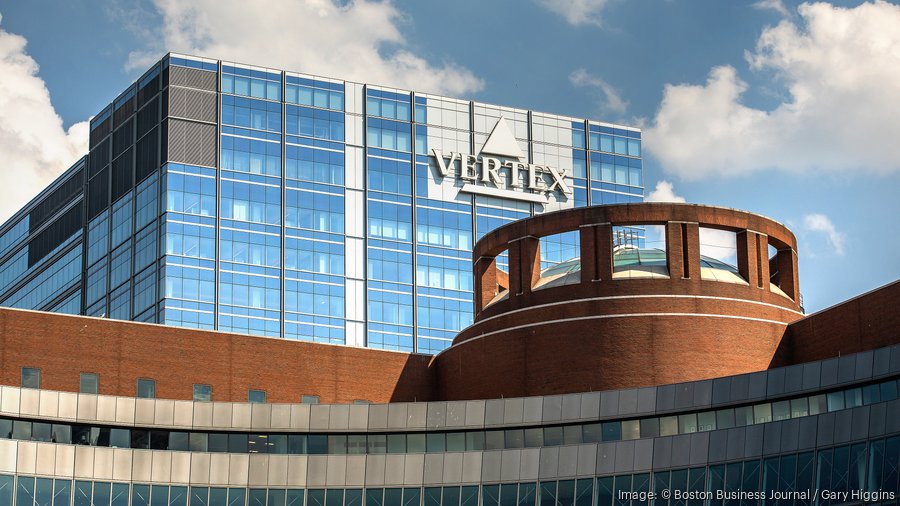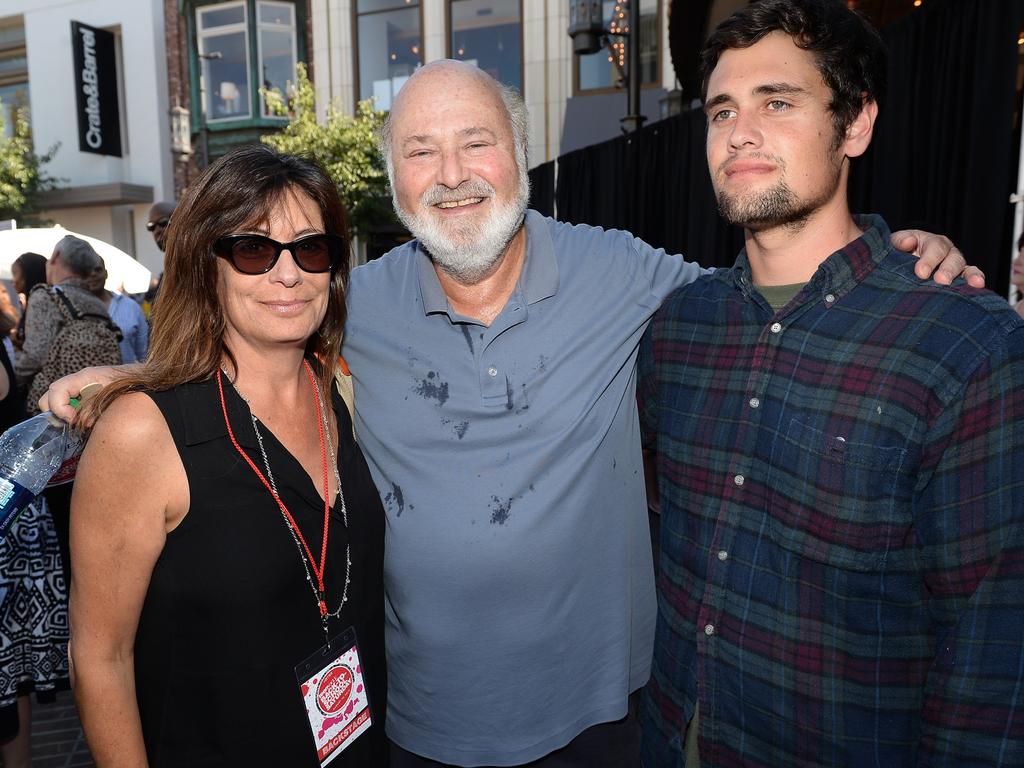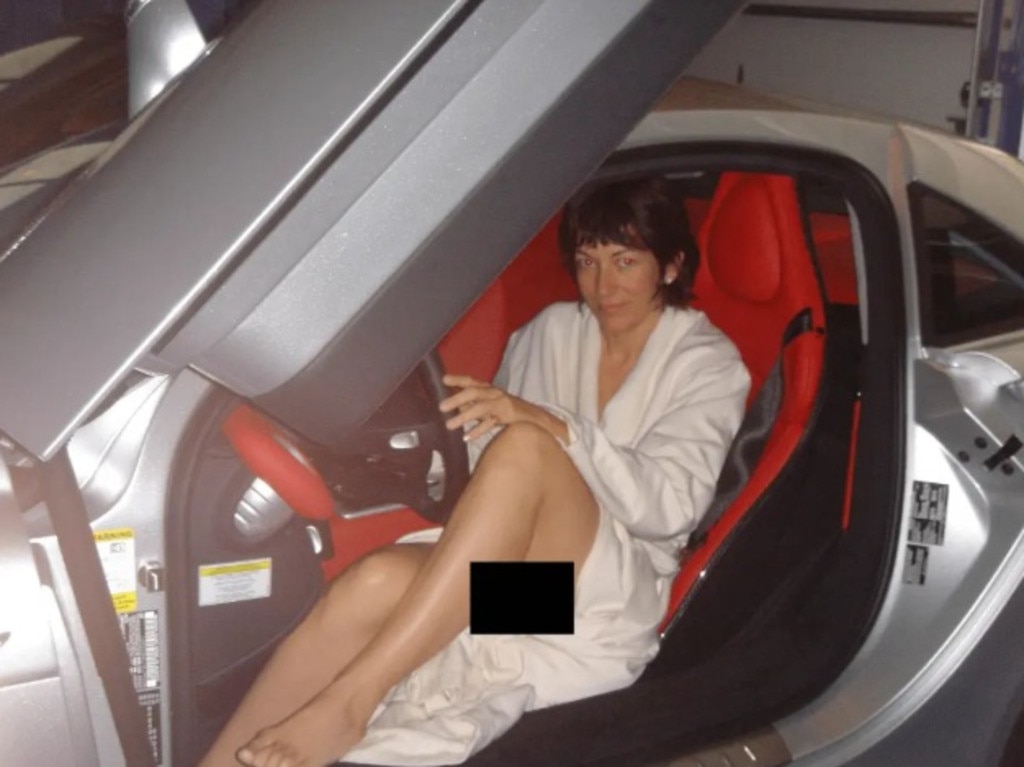
This article is more than
2 year oldFirst-ever CRISPR drug, made by two Boston companies, is approved in the US

In a first for the Nobel Prize-winning gene-editing technology, a CRISPR-based drug has been approved in the U.S.
The Food and Drug Administration gave the green light Friday to exa-cel, a drug made by two Boston-based companies, Vertex Pharmaceuticals Inc. (Nasdaq: VRTX) and CRISPR Therapeutics Inc. (Nasdaq: CRSP). It will be marketed under the name Casgevy.
The approval has long been expected, since an expert committee overwhelmingly endorsed exa-cel in a meeting on Halloween. Exa-cel, short for exagamglogene autotemcel, has already been approved by regulatory agencies in the U.K. and Bahrain, where it's also marketed as Casgevy.
The FDA approval limits exa-cel's use in the U.S. to sickle-cell disease for patients who are at least 12 years old. In March, the agency will decide whether to allow its use as a treatment for the blood disorder beta thalassemia. The U.K. and Bahrain have already OK'd Casgevy for both disorders.
The decision makes Vertex and CRISPR the first companies to get a CRISPR drug to the U.S. market via full approval. (A Covid-19 test made by Cambridge's Sherlock Biosciences was the first crack in the dam back in 2020, when the FDA gave emergency use authorization — a step shy of approval — to the CRISPR-based diagnostic.)
The two drugmakers' collaboration agreement splits costs and profits worldwide: 60% Vertex, 40% CRISPR.
Vertex executives have estimated that exa-cel's target patient population includes about 32,000 people in the U.S. and Europe with the "most severe" forms of both sickle-cell disease and beta thalassemia. Vertex chief operating officer Stuart Arbuckle said on an earnings call this summer that exa-cel had "curative potential" for both diseases, which "can be disabling and life-shortening and have an extremely high burden of care."
Vertex shares were down about 1% as of 11:27 a.m., hitting $349.72 and giving the company a market capitalization of $90.2 billion. CRISPR Therapeutics shares were virtually unchanged, at $69.87; the company's market cap stands at $5.6 billion.
"Sickle cell disease is a rare, debilitating and life-threatening blood disorder with significant unmet need,” Nicole Verdun, director of the Office of Therapeutic Products within the FDA’s Center for Biologics Evaluation and Research, said in a statement. “Gene therapy holds the promise of delivering more targeted and effective treatments, especially for individuals with rare diseases where the current treatment options are limited.”
Preparing for patients
Exa-cel is often described as a onetime gene therapy. At a granular level, a microscopic pair of scissors goes in and makes a precise cut across a DNA strand, fixing the genetic error that shapes a patient's red blood cells into crescents rather than circles. The so-called "sickle" cells, because of their shape, can get stuck on their way through the body, causing pain, anemia and dangerous blood clots. Once a patient's DNA is corrected, it should code for normal-shaped cells, curing the disease for life.
In practice, though, patients have to undergo a lot to get the treatment.
Each dose of exa-cel is made from a patient's own cells. In a hospital visit, each patient has red blood cells extracted and isolated. Those cells are then shipped off to Vertex's lab, where they're genetically modified. In the meantime, the patient undergoes chemotherapy to clear out their bone marrow of disease cells and make room for the new ones. The stem cells, once ready, are injected back into the body, allowing the treatment to begin. The whole thing involves a weeks- to months-long hospital stay.
Sharl Azar, medical director of Massachusetts General Hospital's Comprehensive Sickle Cell Disease Treatment Center, is already preparing for his first patients.
"A lot of patients are inquiring about it. They mostly want to know where [the drug] is at. As we talk about those processes, they may say, 'Not for me' or 'I want to think about it,'" Azar said. "And then there's people who are like, 'Do you have a waiting list and how do I get to the top of that waiting list?'"
MGH is among a handful of authorized treatment centers that have been working with Vertex to get ready for exa-cel's launch. Azar likens the network to one that Somerville's bluebird bio Inc. (Nasdaq: BLUE) set up for its own gene therapy programs last year.
Within MGH, Azar and his colleagues have elected to set up a system not unlike the process for receiving an organ transplant. Practitioners across the hematology, bone marrow and aphoresis divisions come together to evaluate a patient's fitness for the new treatment. They'll then bring in dedicated nurse navigators and social workers to guide patients through the process.
"It's a very complicated process from beginning to end," Azar said.
A patent issue resurfaces
Meanwhile, however, one dormant issue brings the threat of delayed treatment: a potential intellectual property dispute.
CRISPR/Cas9 was at the center of a yearslong patent battle between the Broad Institute of MIT and Harvard, where researcher Feng Zhang laid claim to the technology, and the University of California Berkeley, where Emmanuelle Charpentier and Jennifer Doudna did. Charpentier and Doudna would go on to win the Nobel Prize in Chemistry in 2020, but less than two years later, the U.S. Patent and Trademark Office ruled that the patent belonged to the Broad.
The patent dispute could rear its head again now because another local company, Cambridge-based Editas Medicine Inc. (Nasdaq: EDIT), aligned itself with the Broad — and it now owns the exclusive rights to the same CRISPR technology that underpins exa-cel. That could put Vertex and CRISPR Therapeutics in a tricky position, where they end up paying royalties to Editas or end up in a legal battle over the IP.
It's not clear if the companies have discussed a solution. A Vertex spokesperson said the company was confident in its patent position, while Editas spokesperson Cristi Barnett declined to discuss licensing conversations prior to signed agreements as a blanket policy.
"As the exclusive licensee, we are uniquely positioned to issue exclusive and non-exclusive sublicenses for Cas9 to any company seeking to use these enzymes to make human medicines, including in vivo and ex vivo uses," Barnett said. "We regularly engage in licensing discussions regarding this technology with other companies, and we can – and do – grant exclusive and non-exclusive licenses to our Cas9 and Cas12a patent estates so that other companies can leverage this technology to benefit patients."
Editas' new chief financial officer, Erick Lucera, has described out-licensing as an important part of the company's revenue model.
Maria Zacharakis, managing partner in the Boston office of IP law firm McCarter and English, says the parties would do well to reach a settlement, lest they risk delaying exa-cel's launch — and souring their images in the public eye. (Zacharakis has represented MIT, Harvard and Editas in other cases but emphasized she is not involved in the CRISPR patent situation and was not speaking on behalf of those entities.)
"It can either be resolved via litigation, which may potentially delay the therapies from entering the market, or it could be resolved more amicably by a cross-licensing agreement between the parties, putting the European and the U.S. markets across from the other," she said, noting that European patent organizations have favored the University of California over the Broad. "Now if it goes to litigation, potentially an injunction is possible. But again, the court and the entities involved would not be well served, from an industry perspective and an image perspective, by delaying the entry of these life-saving treatments to market."




